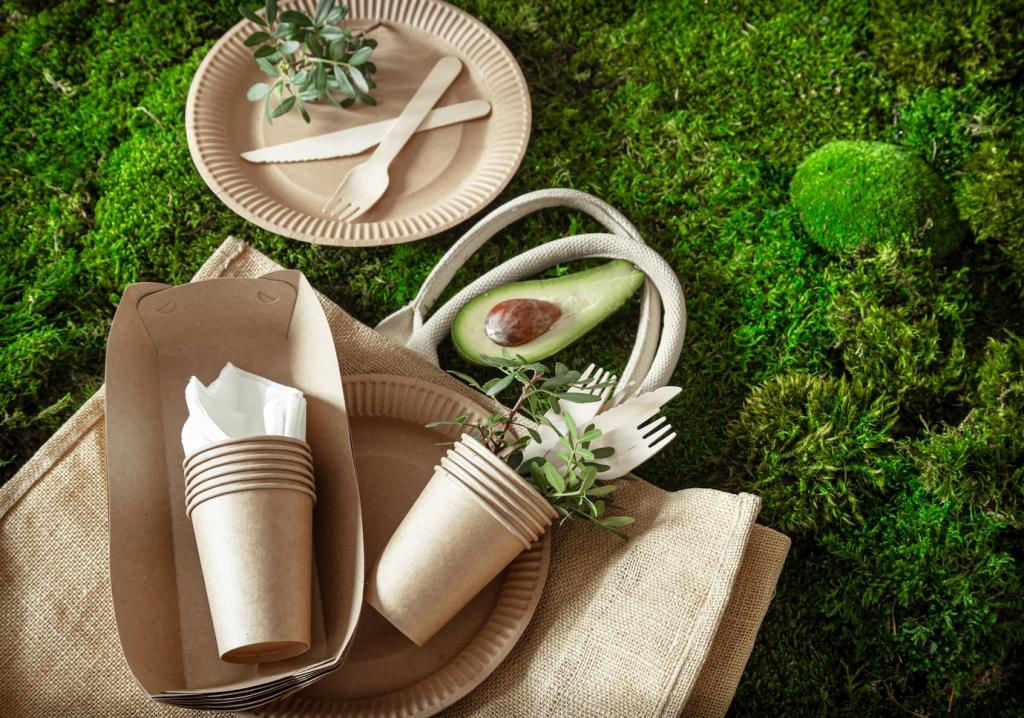Choosing Essential Oils for Different Furniture Tasks
Lemon and sweet orange cut through greasy films on table edges and chair arms. Because citrus oils can soften sensitive finishes, always dilute well, apply with a barely damp cloth, and buff dry immediately. Share your favorite citrus blends, and tell us how they performed on sealed wood.
Choosing Essential Oils for Different Furniture Tasks
Cedarwood’s woody note freshens drawers and linen cabinets while helping deter moths. Add a few drops to an unscented wax polish, condition wardrobe interiors, and tuck cedar sachets in corners. Readers swear old cedar chests feel reborn after a gentle wipe and a respectful, minimal touch of cedar.
Choosing Essential Oils for Different Furniture Tasks
Lavender brings a soothing, lived-in comfort, while rosemary adds bright, resinous clarity. Together, they help refresh living room sideboards without harshness. They are not disinfectants, but their uplifting scent transforms routine dusting into a ritual. Comment with the blend that keeps your space feeling welcoming.





